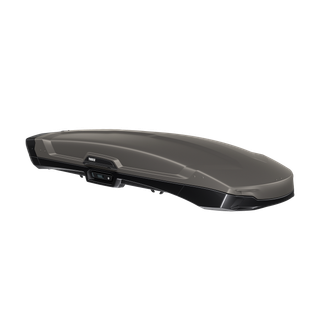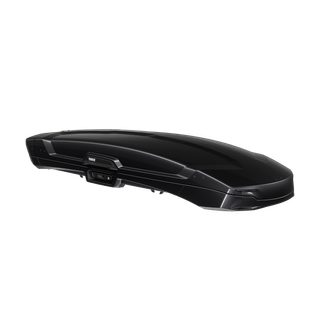Why choose a towbar cargo carrier? Here are some towbar cargo carrier pros and cons so that you can choose the best cargo carrier solution for you.
Towbar cargo carriers are a great way to bring the gear you need for fun outdoor adventures, they’re also a smart way to add more storage space to a compact city car.
But what exactly is the difference between a roof box and a towbar cargo carrier, and which one will fit your lifestyle the best?
In this guide we’ll dig into the pros and cons of towbar cargo carriers, and compare them to traditional rooftop cargo carriers.










